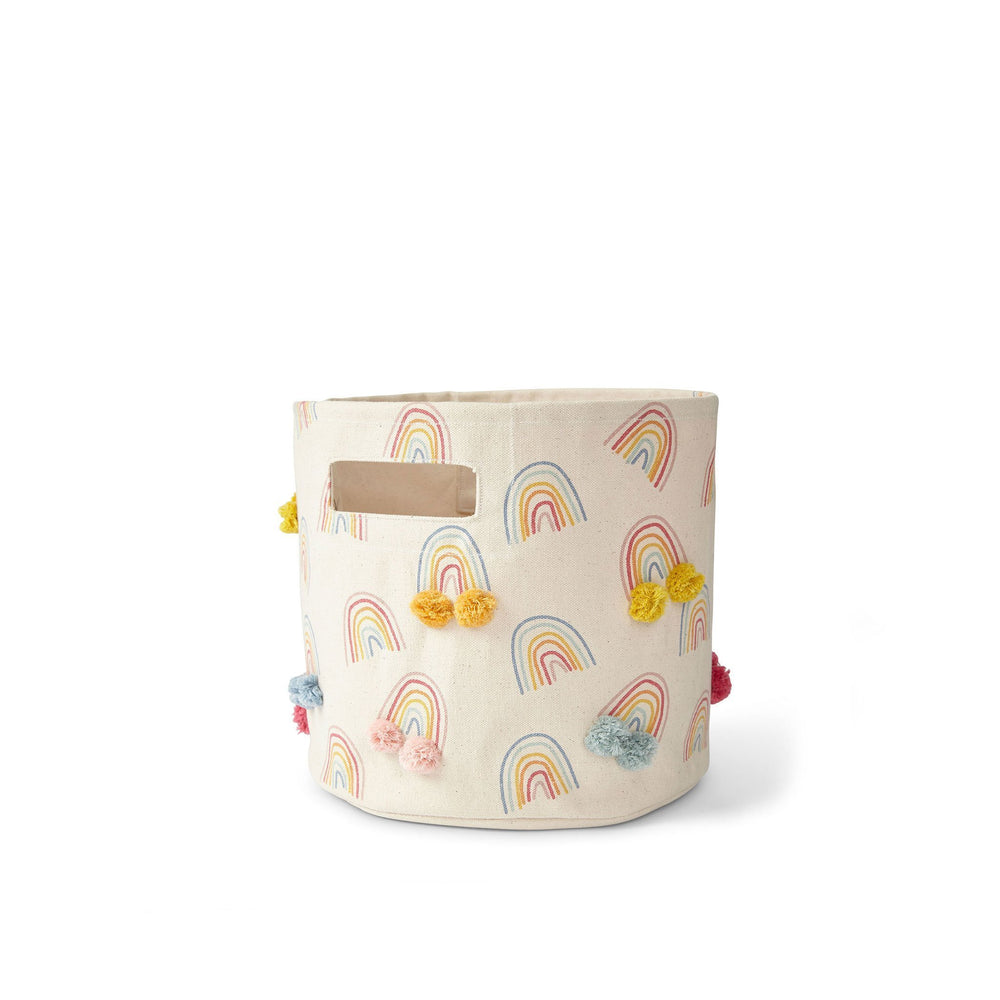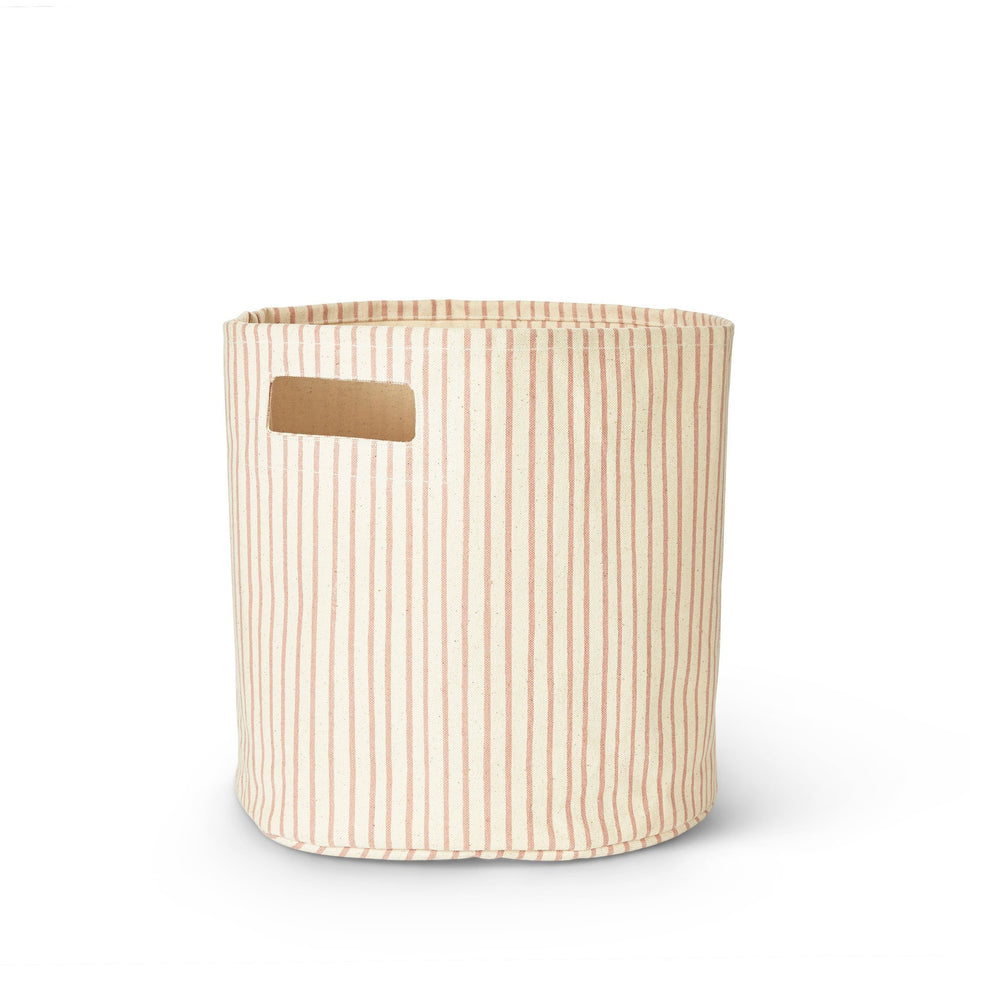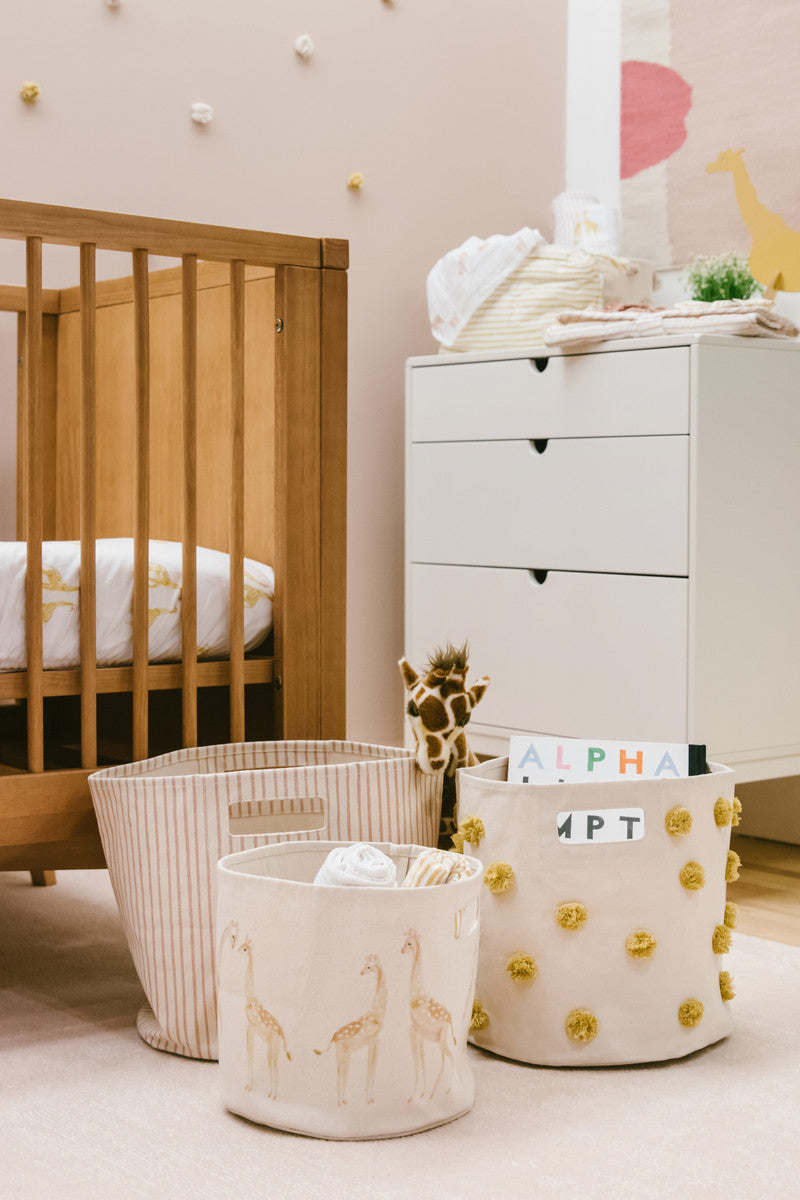Baby-Proofing Your Home: Our Go-To Checklist
When you have a baby on the way, suddenly you start to look at your home differently. Where you once saw a safe and comfortable space, you’ll start to notice sharp edges, loose wires, and choking hazards. With a long (and ever-growing!) list of changes to make in order to baby-proof your house, parents-to-be can, understandably, get pretty overwhelmed. That’s why we’ve put together this comprehensive checklist on how to baby-proof your house before you bring your newborn home. Use this checklist to create a timeline leading up to your due date and tackle it one step at a time. You’ve got this!
Table of Contents
- Baby Proofing Your Living Areas
- Baby Proofing Your Kitchen
- Baby Proofing Your Car
- Baby Proofing Your Nursery
- Baby Proofing Your Bathroom
The Baby Proof Home Checklist
Baby Proofing Your Living Areas
- Inspect each room for sharp edges and either remove them from spaces where your baby will be or cover them with corner protectors.
- Inspect each room for choking hazards. By about four months of age, babies will start using their mouths to explore objects and the space around them. So, remove any items that your little one could choke on. Not sure which objects qualify as choking hazards? A good rule of thumb is to consider anything that can pass through the inside of a toilet paper roll a choking hazard.
- Check for outlets that are low enough for your child to reach. Purchase child-proof outlet covers and install them.
- Identify any loose cables, cords, or wires and either remove them or secure them so they are out of reach of your child.
- Search for pieces of furniture or decor that are heavy and unstable. For example, televisions, dressers, bookshelves, or tall floor lighting. Either anchor these pieces to the wall so they won’t fall or move them out of reach.
- Add baby-proof gates at both the top and the bottom of all sets of stairs in your home. When parents baby-proof their home they often get bogged down in selecting the type of safety stairs to use. We recommend using a hardware-mounted or permanent gate for the top of the stairs. A pressure-mounted gate is suitable for the bottom of the stairs, doorways, or cordoning off sections of a room.
- If you have a fireplace, you may also want to install gates or barriers here as well. It is also wise to keep matches or lighters out of reach.
- Check for any flaking or peeling paint. If you locate any, even if it is out of reach, have it sealed off. This is a task best handled by a professional.
- Put non-slip mats under all of your rugs. While your little one doesn’t have that far to fall if he or she slips on a rug, they do if you slip on a rug while you are holding them.
- Baby proofing cabinets is another important step to getting your living areas ready for the arrival of your newborn. This will help prevent a potential injury from getting fingers slammed shut in cabinet doors. It will also allow you to stow away any potentially dangerous items in your cabinets like matches, cables, and choking hazards without having to worry about your baby being able to access them.
- Install carbon monoxide and smoke detectors on each level of your home. If you already have a carbon monoxide and/or a smoke detector be sure to check the batteries. It’s also a good idea to have a fire extinguisher on hand as well. Make sure that you are well versed in how to use it because you won’t have time to learn in the middle of an emergency.
- Make sure your house and/or unit number are clearly visible. This will ensure that first responders can locate you as quickly as possible in the event of an emergency.
Baby Proofing Your Kitchen
- Gather potentially toxic products like medications, vitamins, bleach, detergents, and disinfectants into a cupboard that is either out of reach for your child or locked with a safety latch.
- Do the same with items that may pose a choking or suffocation hazard. For example, plastic bags and appliances with cords.
- Unfortunately, baby-proofing your house sometimes means putting away some of your favorite decor pieces. It’s best to put away tablecloths and table runners. Babies love to pull on them which can result in the contents of the table falling on your child or breaking near them.
- Remove small magnets from your fridge. These not only pose a choking hazard but can also cause significant damage to the gastrointestinal system if they are swallowed.
- Finally, keep knives someplace out of reach so that your baby cannot grab them or knock them over.
Baby Proofing Your Car
- Before you bring your newborn home, take this opportunity to thoroughly clean out your car. Not only will it make you feel great, but it will also give you an opportunity to make sure your car is baby-proof. This is one important baby-proofing step that many new parents forget to tackle.
- Clear out any choking hazards your baby might be able to grab while you’re driving. Get rid of coins, pens, safety pins, and anything else small enough to fit through a toilet paper roll.
- Install a rear-facing car seat in the back or middle section of your vehicle.
- Depending on the climate where you live, you may want to install sun shades in the backseat of your car to protect your baby from harsh rays.
Baby Proofing Your Nursery
 Printed Bin - Stripes Away Petal
Printed Bin - Stripes Away Petal
- When baby-proofing your house, the nursery is one area you should pay extra attention to as your baby will be spending a lot of time in this space.
- Make sure your changing table is secured to the wall and well stocked with everything you need so you don’t have to leave your baby unattended and risk an accident.
- Keep storage bins handy so you can put away toys and clothes that you might otherwise have tripped on while carrying your baby. This may seem unimportant but remember you’ll be doing a lot of late-night feedings and changings in the dark while you’re drowsy.
- Ready all of the safety instructions for your nursery furniture and make sure it is assembled properly. Double-check everything for loose screws in the weeks leading up to your due date.
- Remove any potential suffocation hazards from your bassinette and crib and check that wall decor, cords, heaters, and windows are out of reach.
Baby Proofing the Bathroom
- The bathroom is a small space but it’s full of hazards so you’ll want to invest in safety locks for your cabinets so you can store medications, razors, cleaning supplies, and hot tools in order to keep them out of reach.
- You’ll be in and out of the bathroom a lot with your baby, making slips a real concern. So, add some non-slip bathmats beside the tub and in front of your sink and toilet.
- Finally, you’ll likely need to scale back the temperature of your water heater and keep a thermometer handy so you can check the temperature of the water before you bring your baby in for bath time.
Frequently Asked Questions
Depending on your setup, baby-proofing your home can take anywhere from a few weeks to a couple of months. Often, the more you dive into the baby-proofing process the more you’ll discover hazards that you want to take care of. So, it’s a good idea to get started early so you don’t feel rushed. Give yourself at least 3 months prior to your due date to tackle baby-proofing your home.
A lot of new parents wonder why it’s so important to baby-proof the home if they don’t plan on leaving their newborn unattended for at least the first few months. The truth is, new parents are sleep-deprived and tasked with juggling a plethora of responsibilities. Under these circumstances, accidents can happen in the blink of an eye. Baby-proofing the home offers a safety net that can help prevent these accidents from happening. As they say, better safe than sorry.
Yes, this is a service that is available in many locations. Typically, an inspector will come to your home and identify any areas of concern. You can then hire them to complete the baby-proofing process or do it yourself.
There is no one-size-fits-all answer to this question as it really does depend on your living situation. The size and layout of your home will impact the price considerably. Whether or not you choose to hire a professional will also impact the cost. However, typically you can expect to spend anywhere from $500 to $2500 to baby-proof your home.









